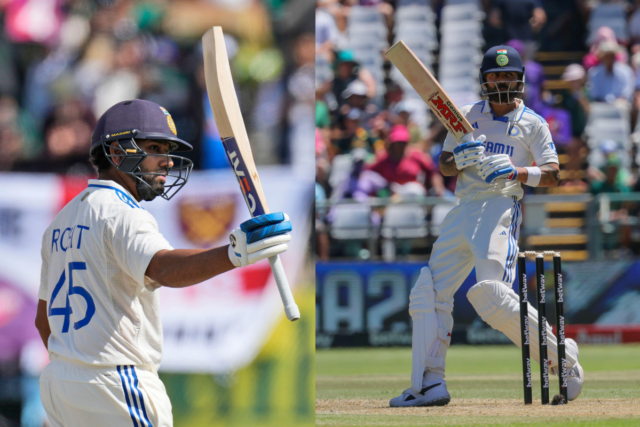DRS முதன்முதலில் 2008 இல் சோதிக்கப்பட்டது மற்றும் 2009 இல் ICC ஆல் அதிகாரப்பூர்வமாக அறிமுகப்படுத்தப்பட்டது.
The Decision Review System (DRS) has revolutionized cricket. Since its introduction in the sport about 16 years ago, it’s changed how players, umpires, and viewers respond to an appeal. Back in the day, all a bowler or team could do was curse the on-field umpire for making a horrible decision, but since DRS arrived in the game, you could flip the script and question the decision taken.
You could argue that DRS should have arrived a few years ago, but it was met with pushback by umpires like Steve Bucknor and even one of the strongest cricket boards, the BCCI. The technology, which consists of two proponents, Hawkeye and Virtual Eye, wasn’t given a green light in cricket. Due to a clash of ideas, the rule wasn’t implemented, and other sports like tennis adopted Hawkeye five years before it was officially used in cricket.
Virender Sehwag: First player to be adjudged out by DRS
BCCI’s apprehension about the DRS would remain long after it was tested as Virender Sehwag would become the first player to be adjudged out by the technology in 2008. Back then, the DRS was called the Umpire Decision Review System (UDRS). In the second inning of the Sri Lanka vs India 1st Test in Colombo, Sehwag was struck on the leg by Muttiah Muralitharan in the 7th over. Sri Lanka appealed for a Leg Before Wicket (LBW), but Mark Benson shook his head in disapproval. Sri Lanka’s captain, Mahela Jayawardene, decided to go upstairs.
Bowling from around the wicket, Murali pitched the ball on leg stump. According to the virtual eye, the ball spun a tad bit and grazed the leg stump. The decision was overturned, Sehwag put his head down to walk back, and history was created. Now, the first question is: why was Sehwag adjudged out when the ball was just flicking the stumps? Well, back then, there wasn’t an umpire call, and even if the ball hit the stumps or bail by 1 cm, you would be given out.
How DRS works
DRS hinges on the camera tracking the pitch and balls. Using multiple cameras planted all around the ground helps track the ball’s trajectory. Whether the ball pitches in line with the stumps, where was the impact when it struck the batter, and how much would it bounce or move after making contact with the batter?
The DRS previously used technology like Hot Spot and Snickometer, but now it relies on UltraEdge. The Hot Spot technology mapped heat using two infrared cameras at both ends of the stumps. If the ball hit the bat, it would show a white mark and therefore help the third umpire determine whether the batter was out or not.
The Snickometer helps the third umpire determine whether a batter has edged the ball or not. A sensitive microphone is placed near the stumps, and depending on what happens, it displays a soundwave. If the ball has taken the edge, it’ll display a murmur on an oscilloscope, and by using a frame-by-frame replay, it can be determined whether the batter is out. The reason why Snickometer isn’t used is simple: UltraEdge is a better variant of it and does everything better.
தொகுப்பாளர்கள் தேர்வு செய்கிறார்கள்
















